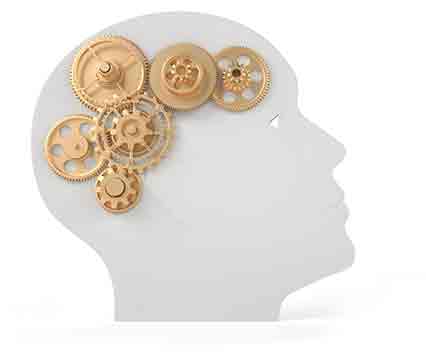Neural mechanisms in eating behaviors: a pilot fMRI study of emotional processing
In this 2020 study, 24 female patients with eating disorders (EDs) were assigned to perform an emotion processing task while being scanned using functional magnetic resonance imaging (to inspect their activity of the fronto-limbic and fronto-striatal brain areas). The aim was to compare the level of activity in these two brain regions since dysfunctions in emotional processing are thought to play a role in the development and maintenance of eating disorders like anorexia nervosa (AN) and bulimia nervosa (BN). When viewing the pleasure-stimulating images, activity in the Dorsolateral Prefrontal Cortex (DLPFC) was significantly greater in the patients with anorexia nervosa (AN) compared with the participants with bulimia nervosa (BN) and eating disorders (ED) referred to as the EDc group. Moreover, this region was triggered more in the healthy controls than the EDc group and those with BN. The left putamen of the EDc group was also found to be less activated during the pleasant condition, compared to those with anorexia and the control subjects. But during the unpleasant image session, the Orbito-frontal Cortex (OFC) was hyperactivated in the participants with anorexia relative to EDc. Although these findings should be considered as preliminary, this study gets this area of research one step closer to understanding the neural mechanisms involved in eating disorders. [NPID: cognition, eating disorders, emotion processing, eating disorders, anorexia, bulimia]
Year: 2020
 Navigation
Navigation






